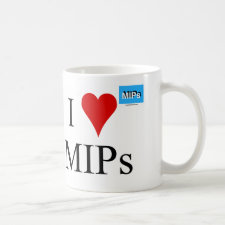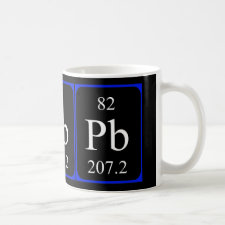
Authors: Liu BJ, Chen W, Peng XN, Cao QQ, Wang QR, Wang DF, Meng XH, Yu GL
Article Title: Biosorption of lead from aqueous solutions by ion-imprinted tetraethylenepentamine modified chitosan beads.
Publication date: 2016
Journal: International Journal of Biological Macromolecules
Volume: 86
Page numbers: 562-569.
DOI: 10.1016/j.ijbiomac.2016.01.100
Alternative URL: http://www.sciencedirect.com/science/article/pii/S0141813016301015
Abstract: In this paper, the bio-based ion-imprinted tetraethylenepentamine (TEPA) modified chitosan beads using Pb(II) as imprinted ions (Pb-ITMCB) were chemically synthesized, characterized and applied to selectively adsorb Pb(II) ions from aqueous solutions containing other metal ions, which has the same concentration as that of Pb(II) ions. Batch adsorption experiments were performed to evaluate the adsorption conditions, selectivity and reusability. FTIR, SEM and TEM technologies were used to elucidate the mechanism of Pb-ITMCB adsorbing Pb(II) ions. The results showed that the adsorption capacity of Pb-ITMCB for Pb(II) ions reached 259.68 mg/g at pH 6, 40 °C. The adsorption data could be fitted well with pseudo-second order kinetics model and Langmuir isotherm model. Compared with other metal cations, Pb(II) ions showed an overall affinity of being adsorbed by Pb-ITMCB. With the participation of active groups including NH2, NH and OH, the adsorption reaction took place both inside and on the surface of Pb-ITMCB. It indicated that Pb-ITMCB is a comparatively promising biosorbent for selective removal of Pb(II) ions from aqueous solutions
Template and target information: lead ion, Pb(II)
Author keywords: chitosan, cross-linking, Ion-imprinting, lead, selective adsorption



Join the Society for Molecular Imprinting

New items RSS feed
Sign-up for e-mail updates:
Choose between receiving an occasional newsletter or more frequent e-mail alerts.
Click here to go to the sign-up page.
Is your name elemental or peptidic? Enter your name and find out by clicking either of the buttons below!
Other products you may like:
 MIPdatabase
MIPdatabase









